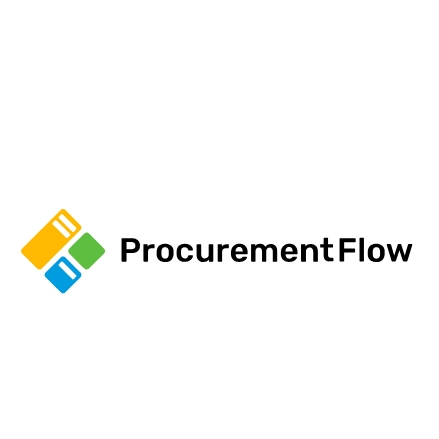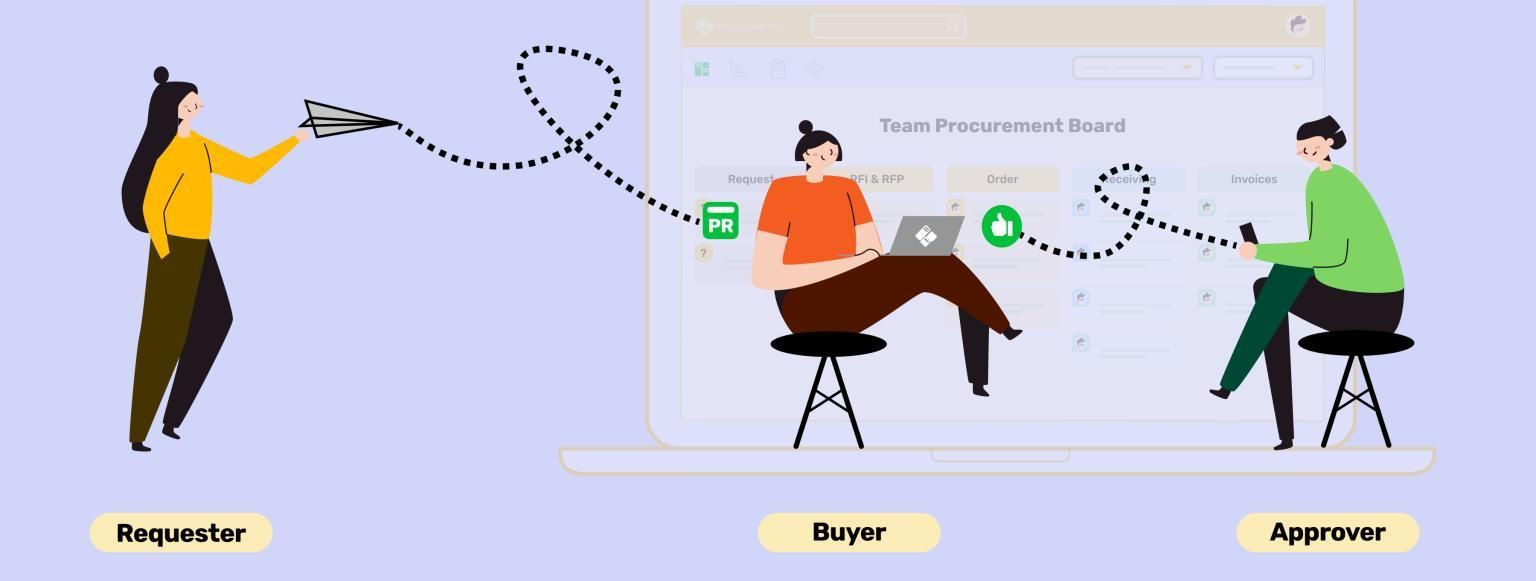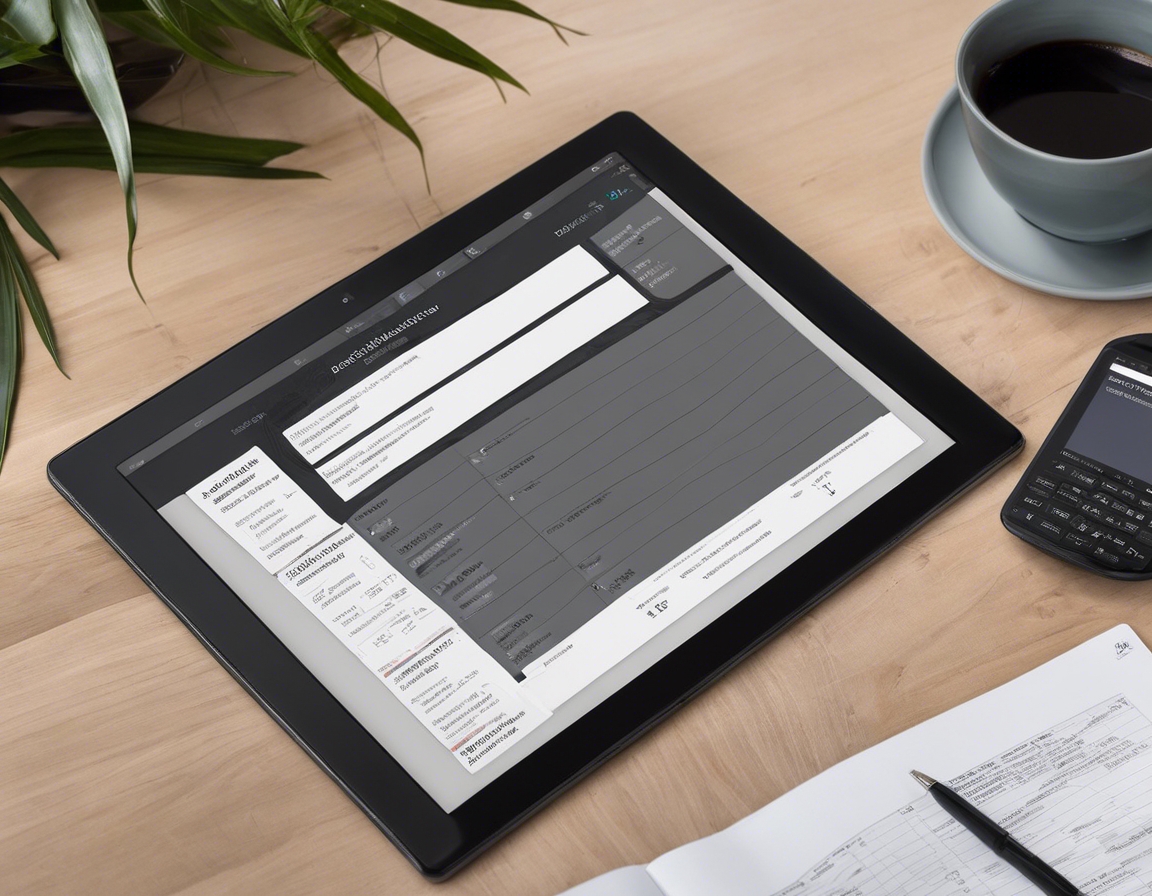Indirect procurement: strategies for success
Indirect procurement refers to the acquisition of goods and services that are not directly incorporated into a company's end product but are essential for maintaining business operations. These purchases can range from office supplies to professional services, and they play a crucial role in ensuring that businesses run smoothly and efficiently.
While direct procurement is focused on sourcing materials that are directly used in the production of goods, indirect procurement deals with items and services that support the overall business infrastructure. The distinction is critical as it influences procurement strategies, supplier relationships, and management practices.
Challenges in Indirect Procurement
One of the primary challenges in indirect procurement is maintaining visibility and control over spend. Without clear insights, it's difficult to manage costs and ensure that purchasing decisions align with company goals.
Managing a diverse range of suppliers for indirect goods and services can be complex and time-consuming, often requiring dedicated resources to handle relationships and performance.
Ensuring that internal stakeholders comply with procurement policies is a common challenge, as maverick spending can lead to inefficiencies and increased costs.
Strategies for Successful Indirect Procurement
Adopting a robust procurement software solution, like those offered by PROCUREMENT FLOW OÜ, can streamline processes, improve visibility, and enhance control over indirect spend.
Developing strong relationships with key suppliers can lead to better pricing, improved quality, and more favorable terms, which are all beneficial for indirect procurement success.
By categorizing indirect spend and assigning category managers, companies can gain expertise in specific areas, leading to more strategic sourcing and better management of suppliers.
Optimizing and automating procurement processes can reduce manual tasks, minimize errors, and free up time for strategic activities.
Leveraging data analytics to inform procurement decisions can help identify cost-saving opportunities and improve overall procurement performance.
Technology's Role in Indirect Procurement
Embracing digital transformation in procurement can lead to significant improvements in efficiency, transparency, and cost savings.
An ideal procurement software should offer features such as real-time analytics, user-friendly interfaces, and integration capabilities to support indirect procurement activities effectively.






Comments (0)